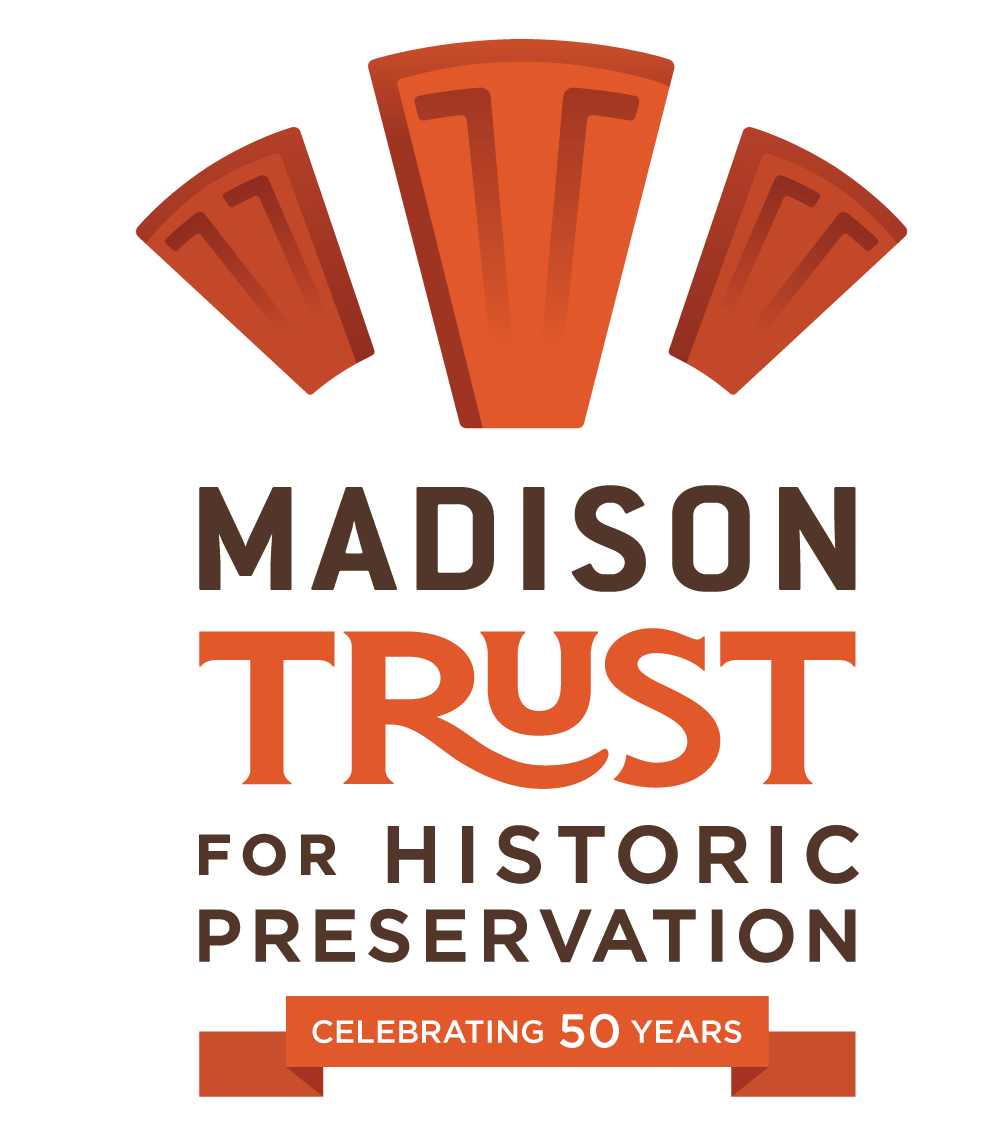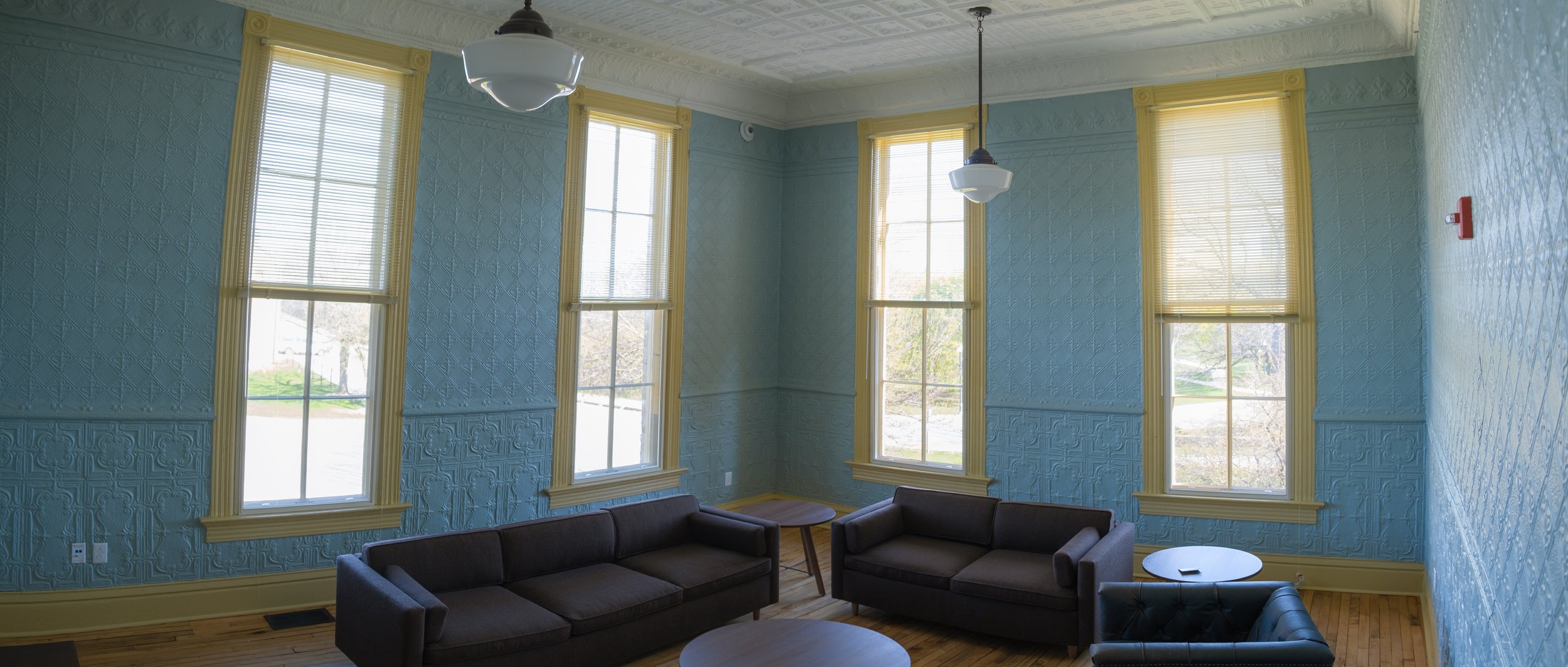Silver Linings
Preservation advocacy is hard, but good comes from every effort.
By Jeremy Ebersole
“Success is not final, failure is not fatal: it is the courage to continue that counts.”
We all know that places hold an incredible power. The stories told by our older places are what make our communities distinctive, give them unique character, and make them a someplace instead of an anyplace. We all have places that mean the world to us personally, and we’ve all felt the power of being in the very spot where something significant happened to change the course of history. No book or image can quite capture being there.
When we lose these places, however, we lose not only that history, but the ability of today’s and future generations to access those stories. We also lose all the embodied energy that went into that place’s production, a wasteful landfilling of usable material that is almost never able to be recovered though even the most energy efficient new construction. We lose not just the past but the future.
This is where preservation advocacy comes in. Advocacy must start with appreciation, but it cannot end there. Saving places that matter to our communities requires action. Preservation advocacy can take many forms - from talking with elected officials, to rallying supporters to heartbomb an abandoned building, to helping property owners understand the complex financing tools that can make their building restoration a reality, and so much more. The right tools are different in every situation, but one thing we know for certain is that buildings don’t save themselves.
At Milwaukee Preservation Alliance, our vision is to “make preservation mainstream.” We’d love to be so successful that we don’t need to exist anymore because preservation is just the norm. We’re making progress toward that end not only in Milwaukee, but as a movement, but it is still easy to get discouraged when buildings that we care about and have worked so hard to save are needlessly destroyed. My message today is to not lose hope.
So often preservation is couched in terms of warfare - winning, losing, battles, fighting. But I believe we do ourselves a disservice by setting ourselves in opposition to others. We cannot define ourselves based on what we’re against. In our work at MPA, I always try to position the preservation solution not as an opponent, but as a friend, a teammate to help everyone get to something beyond the victory of one side toward a third way - a win-win where economics, history, the environment, the future, and people can all come out on top. This positive attitude not only makes others more likely to come to the table, but it helps put our efforts into perspective even when things don’t turn out exactly how we would have liked. It helps us see the good that can come from any honest and collaborative preservation effort, regardless of the outcome. Let me share a few brief examples from our work at MPA.
Forest Home Library
In 2020, we partnered with many others in the community to try to save the gorgeous mid-century Forest Home Library. Despite a review from a local architecture firm showing that the building could be reused, mockups of proposed new uses, and even drawings of how the proposed new building for the site could fit into an available parking lot site just blocks away, a nomination for historic designation was killed at the City’s Zoning Committee hearing, allowing the building to be demolished and replaced with a new medical center.
Despite this, incredible good came from the effort, most notably the formation of an organized effort to document, celebrate, and protect Modernist buildings and landscapes in a region that sometimes thinks history stopped with Cream City bricks. Now we have a regional Docomomo-Wisconsin chapter (DOcumentation and COnservation of the MOdern MOvement) working to highlight the value of 20th century places statewide. In addition, it sparked collaboration with Docomomo-US, including a series of articles on Milwaukee modernism that reached a national audience, an award from Docomomo-US for MPA’s advocacy, high quality documentation of the building before it was demolished, artwork in the new building honoring what it replaced, articles in the newspaper about modernist architecture’s historic significance, relationships with new supporters who might not have been interested in MPA otherwise, and more. We lost the building but altered the landscape of preservation in Wisconsin for the better because of our advocacy efforts.
This 1966 masterpiece formerly on Milwaukee’s south side was designed by prominent local architecture firm von Grossmann, Burroughs, & Van Lanen and pioneered the local use of Corten self weathering steel.
Photo credit: MPA
MPA partnered with a number of local advocates and national organizations to save the Forest Home Library, but it was ultimately demolished for a new medical building.
Photo credit: MPA
Had the Forest Home Library been locally designated historic, it would have been the first mid-century building in Milwaukee to be individually locally historically designated.
Photo credit: MPA
Despite the loss of this important building, the high profile of the preservation effort raised awareness of the value of 20th century architecture throughout the city. The building was also documented prior to demolition.
Photo credit: MPA
Puddlers’ Cottages
Last year, we worked hard in support of the designation of a row of cottages in the Bay View neighborhood that are the best remaining places to tell the story of the namesake rolling mill that created Milwaukee’s first company town. Ultimately, the nomination never made it out of the City’s Zoning Committee, but the outpouring of community support for these small homes in an increasingly desirable part of town arguably helped protect them even without designation, and to date all remain standing. The one cottage whose purchase by a developer sparked the initial designation has even been thoughtfully restored. In addition, it built bridges between our preservation organization and the local historical society, who featured an article I wrote in their newsletter explaining the historic preservation process in the city. It also built good relationships with the local alderwoman, who now is looking at how to incorporate preservation, including a potential historic resources survey, into official planning documents guiding growth for the neighborhood’s next decade.
The collection of 1860s Puddlers’ Cottages on S. Superior St. in Milwaukee’s Bay View neighborhood is the best remaining connection to the Bay View Rolling Mill that established the early company town, which was demolished in 1939.
Photo credit: MPA
Columbia Hospital
Just this year, we launched an effort in support of the historic designation of the 1919 Columbia Hospital building, currently part of the University of Wisconsin-Milwaukee’s campus but scheduled to be demolished. The nomination was successful but challenged in court, where a judge recently ruled that the State, as owner of the building, is not required to follow the local preservation ordinance in this instance. The building may ultimately come down, but the preservation effort has provided incredible opportunities to connect preservation to local neighbors and neighborhood associations, elected officials, and even developers who have stepped up with an interest in buying and rehabilitating the property. It also gave us an opportunity to publicly talk about the incredibly important sustainability argument for historic preservation. (Demolition of the 220,000 sq.ft. building would add almost 11,000 tons of usable building material to our local landfills and effectively erase the environmental benefit of recycling 34,304,800 aluminum cans. Rehabilitation would have the same impact on waste generation as if 49,000 people, or 8% of the City's population, never used a plastic bag for their entire life or if 22,534 Milwaukeeans didn’t drive for an entire year!)
The 1919 Columbia Hospital on the campus of the University of Wisconsin - Milwaukee was designed by Schmidt, Garden & Martin and is one of a very limited number of the 300 hospitals designed by this important firm that remain in the country. Additions were by famed Milwaukee architects Eschweiler & Eschweiler.
Photo credit: MPA
Efforts to locally designate the Columbia Hospital building began in earnest earlier this year when signs appeared on the building alerting the community that demolition was imminent.
Photo credit: MPA
Milwaukee Soldiers Home
And of course sometimes it does turn out the way we’d like, even if it takes a while. Old Main at the National Historic Landmark Milwaukee Soldiers Home was built in 1869 but was empty for 20 years when part of the roof collapsed in 2010 and many said it couldn’t be saved. Eleven years of advocacy later it reopened to provide housing for homeless veterans. The ultimate win-win!
The grand re-opening of Old Main and five additional buildings on the historic Milwaukee Soldiers Home campus in May 2021 was the culmination of over a decade of preservation efforts by countless partners.
Photo credit: MPA
Among the many historic details that were retained or reproduced at the Soldiers Home are the incredible metal wall and ceiling ornamentation in the Administration Building, now home to 15 Single Room Occupancy units for veterans at risk of homelesness.
Photo credit: MPA
Each of these efforts helps us be better at the next one. What works in one case may not in the next, but it gives us more arrows in our quiver as well as more experience in understanding what efforts we can feasibly take on and how to approach them. As we continue to work to save the Chapel, Theater, and Governor’s Mansion at the Soldiers Home, plug away at a long term preservation solution for the amazing Mitchell Park Domes, and take on new efforts, we’re a little better equipped than we were before because of our previous efforts.
MPA partnered with the National Trust for Historic Preservation beginning in 2015 to create the Save Our Domes campaign, which continues today. The iconic Modernist structure was named to the National Trust’s 11 Most Endangered Historic Places list and named a National Treasure in 2016. Docomomo-US highlighted it as one of the most threatened modern sites in America earlier this year.
Photo credit: MPA
No preservation organization or preservationist can get involved in every issue they’d like to, and capacity necessitates focusing on efforts with a possibility for success in the traditional sense. No matter how our efforts end up, however, we can’t let ourselves get defeated. We must focus on the positives that always exist lest we lose sight of the fact that preservation is not about “winning,” but about people. In the end we’re all people, no matter what “side” we’re on, and as long as we approach our preservation efforts with a positive win-win mentality, we can avoid the ultimate loss: giving up and not rising to face the inevitable next preservation effort to come our way.
———
The Milwaukee Preservation Alliance is a local partner of the Madison Trust.










